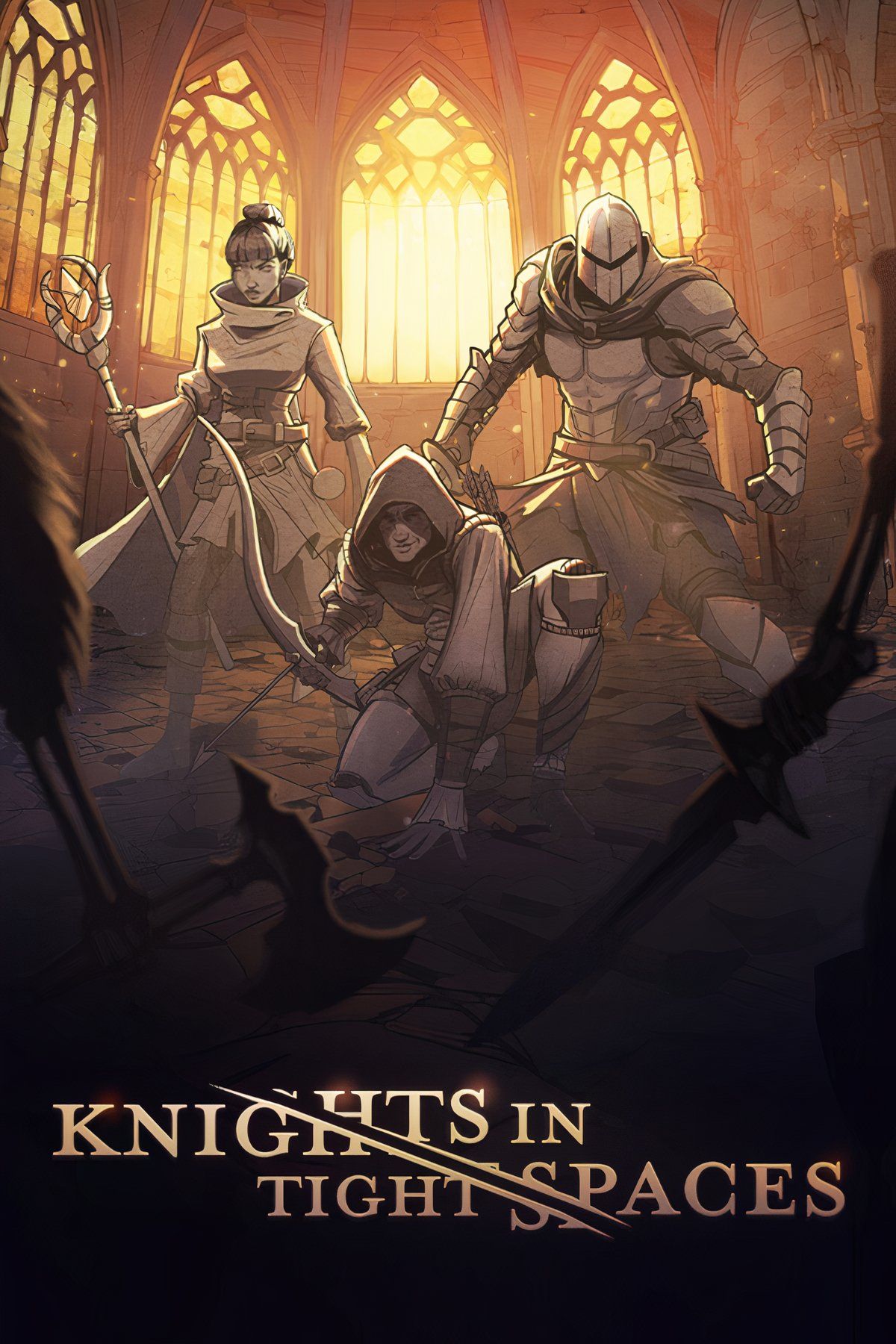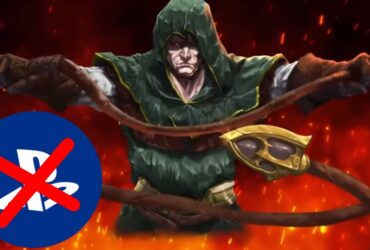There are eight playable classes, called Archetypes, in Knights In Tight Spaces. Unlocking all of them requires a fair bit of grinding, as the final class – the Warlock – doesn’t become available until Level 20. Once you have access to each Archetype, though, you have a ton of options for each new playthrough.

Related
Knights In Tight Spaces Review: You Wish Your D&D Campaign Was This Cool
The sequel to Fight In Tight Spaces goes medieval, and it works surprisingly well.
Of course, some Archetypes make the game much easier than others. Whether they work well with party members of other classes or they just have good bonuses, we’ve ranked all the Archetypes in the game so you can pick the strongest choice for your run.
8
Rogue
The Rogue’s ability to generate Gold with every enemy they defeat really comes in handy, but the tradeoff is steep enough that you should probably steer clear of this starting Archetype until you’ve learned the ropes. Unlike the other two starting classes, the Brawler and Fighter, the Rogue doesn’t get any damage bonuses, which can cause fights to drag out and potentially rob you of secondary objective rewards.
Rogues also get less Block from cards, so they have to rely on Dodge and positioning to avoid damage.
One big upside, though, is that Rogues are one of only two Archetypes that can equip bows. If you get your hands on one early, the extra coverage from ranged attacks can help make up for this Archetype’s shortcomings.
7
Swordsman
The Swordsman can put up some impressive damage with melee weapon attacks, and with a few cards like Slash mixed in they can inflict Bleed as well. With the right setup, they are slightly better on offense than the Fighter, but it’s questionable whether the tradeoff is worth it.
Swordsmen are at their best when they have a good team back them up; a Brawler to handle repositioning, for example, or a Sorcerer to cast Blood Roar and multiply Bleed stacks.
6
Sorcerer
The Sorcerer is likely to be the first Attuned class that you unlock, and they’re worth a run or two to familiarize yourself with key spells like Lightning Bolt and Heal All. Sorcerers even get a damage buff when attacking with spells, which makes them a dangerous opponent… provided they have the right deck.
The trouble there is that spell cards are fairly rare, so your Sorcerer will still have to do a fair amount of bashing with their staff, which they’re much less proficient with. If you do build up a magical arsenal, any non-Attuned party members that your recruit won’t be able to use them. That means you have three options:
- Only recruit casters, and pass if none are available.
- Spend money and equipment slots to give non-Attuned characters the Pagan Robe.
- Attempt the campaign solo.
While all three are certainly viable, Knights In Tight Spaces is about keeping your options open; having to restrict yourself can mean getting backed into a corner later.
5
Hunter
Hunters are the only Archetype in the game that starts with a bow equipped, giving them some exciting options during the Prologue and beyond. However, you need to be even more careful with your positioning than usual when playing this class, since they deal less damage in melee. Be sure to take new Ranged Attack cards when they’re available!

Related
Dungeons & Dragons: 10 Most Powerful Oozes, Ranked
The species’ voracious appetite has come in handy as a cleaning mechanism for lazy wizards, liches, and other dungeon designers.
Once you recruit at least one party member, the Hunter can really start to shine. Ranged Support Attacks are exceptional, and nobody is better at getting in on the action from afar than the Hunter. You’ll find that the Hunter is especially effective against Giants, whose larger footprint on the map makes it easier to target them when an ally moves in to strike.
4
Warlock
Like the Sorcerer, the Warlock focuses on dealing magical damage. They even have a bigger damage boost when doing so, making them a particularly devastating opponent with a spell-heavy deck. However, that power comes at a cost.
Warlocks have access to powerful, unique spells that inflict debuffs, damage, and other penalties on the caster. Overcoming these is key to succeeding with this advanced Archetype.
3
Fighter
It’s hard to go wrong with strapping on a solid suit of armor and charging into battle. The Fighter relies on their equipment to win battles more than any other class, so be ready to spend some Gold. Once they’re fully kitted out, though, this is one of the most durable Archetypes in the game.
Fighters get a minor damage boost to all their attacks, armed or unarmed, and they can equip any melee weapon that they come across. Combined with the free Block that they can get from most Armor, they have little trouble walking right into a group of enemies and coming out unscathed.
2
Brawler
When in doubt, pick Brawler. This iconic Archetype is, in many ways, how Knights In Tight Spaces is meant to be played. They’re adept at repositioning and knocking down opponents, and they can Block or Dodge equally well if they still need to defend themselves after all their deft moves are complete.
While Brawlers don’t have access to weapons are armor, they really don’t need any. Alone or with a team, they can punch, kick, and throw their way to victory with even a standard deck.
1
Cleric
It’s actually kind of shocking how good Clerics really are in this game. They can do it all; melee combat, heavy armor, and spells. The only thing missing from their arsenal is the ability to equip bows, but a well-placed Lightning Bolt works just as well.
Clerics are the most versatile class in the game, which means you can build just about any party around them and have a fighting force capable of saving the kingdom a dozen times over. Of course, it will still be the three of you against an army, but with divine power on your side, you should be fine.



















Leave a Reply